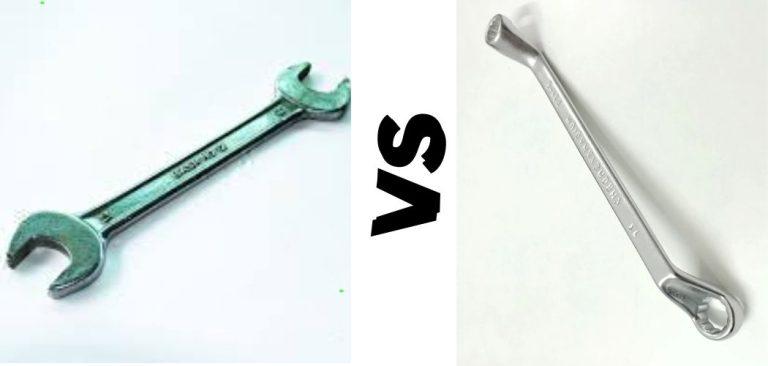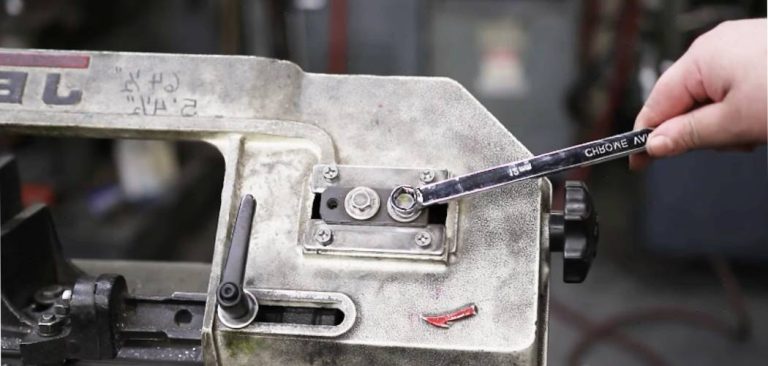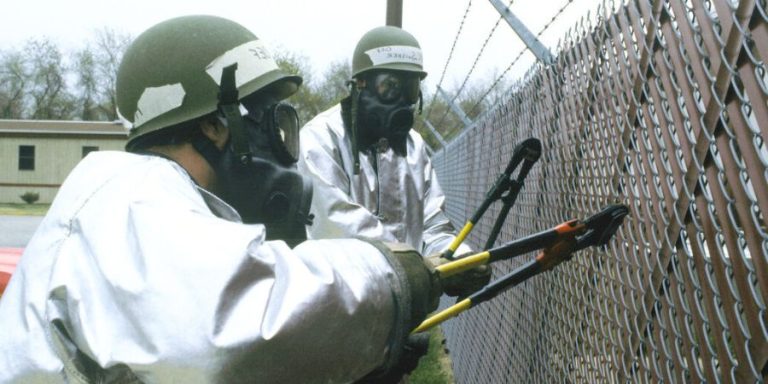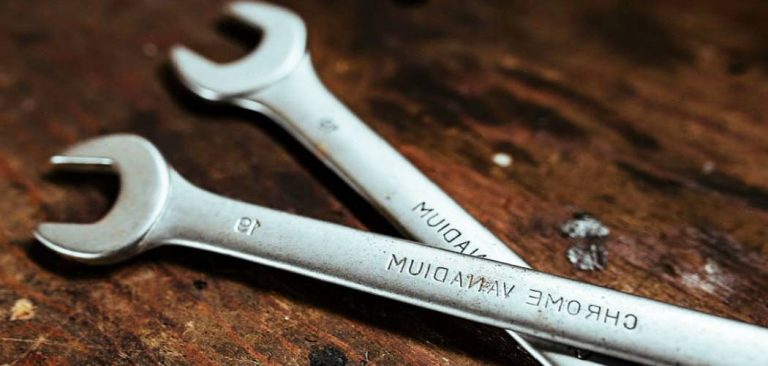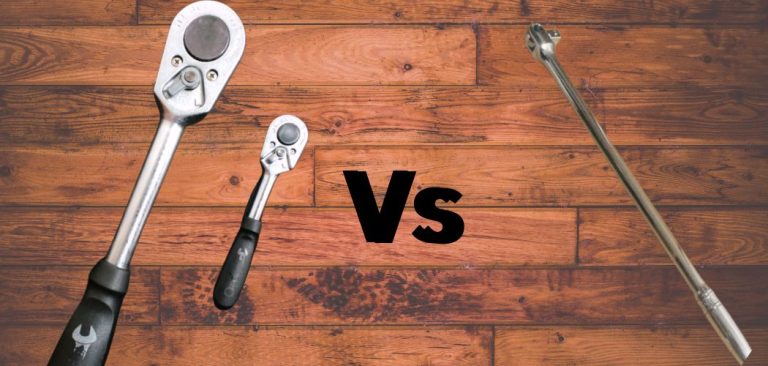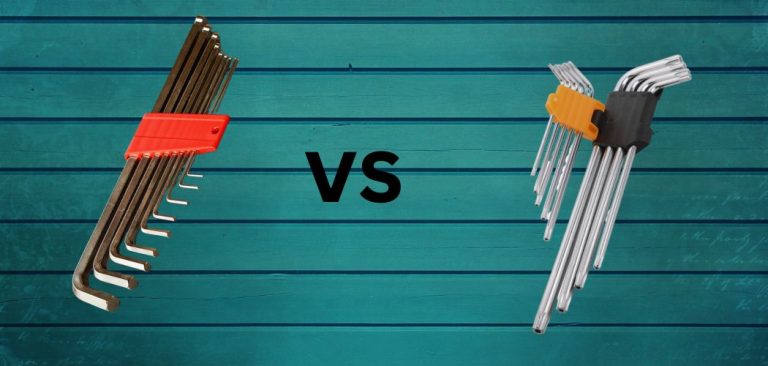How to Get Oil Filter Off With Screwdriver
“Sometimes, in the absence of specialized tools or during emergencies, removing an oil filter with a screwdriver becomes necessary. While it’s not the recommended method, this step-by-step guide outlines how to accomplish it safely and effectively. Read on to learn the procedure, from preparing the necessary equipment to installing a new filter when no oil filter wrench is available.”
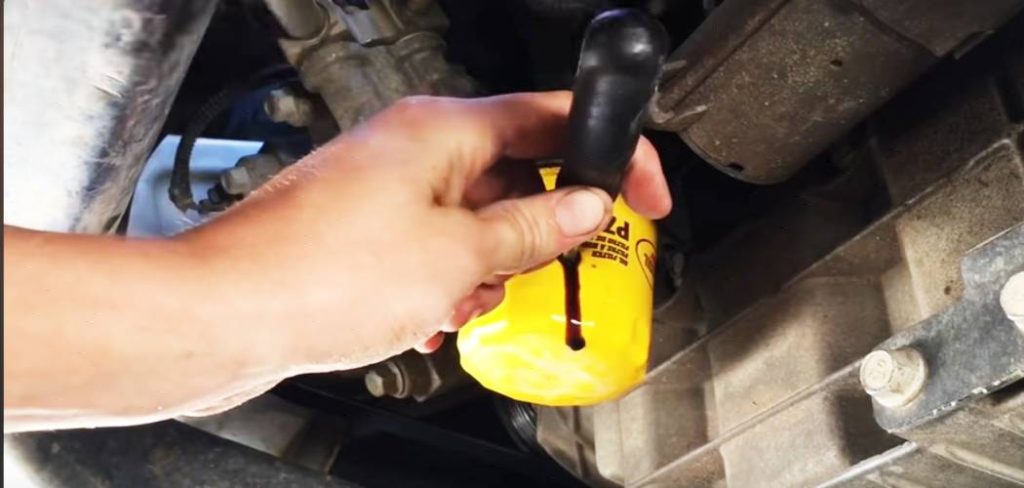
When Do You Consider Using an Oil Filter Off With a Screwdriver?
Using a screwdriver to remove an oil filter is a last-resort measure when all other methods have failed. It should only be considered when the filter is stuck and won’t budge despite attempts with proper oil filter wrenches and tools. This method is messy, potentially damaging to the filter, and can lead to oil spillage.
In emergencies or when specialized tools are unavailable, a screwdriver may be used as a makeshift option. However, extreme caution is necessary. Always prioritize using appropriate tools and techniques for removing an oil filter to prevent complications and mess while ensuring the filter’s integrity.
How to Get the Oil Filter Off With a Screwdriver Step by Step?
A screwdriver is not the most convenient way to open your oil filter, but it’s certainly possible to gain some leverage. I opened my car’s oil filter with a heavy-duty flat blade screwdriver slotted size 1.2×6.5mm because I had no other material. Let’s start with how you can open them based on my own experience:
Necessary Equipment:
- Heavy duty flat blade screwdriver slotted size 1.2×6.5mm (You can use any other screwdriver, but the screwdriver I use is better for providing torque.
- Hammer
- An empty vessel.
- An old cotton cloth.
- Hand gloves.
Step 1: Prepare and Position the Screwdriver
Gather your necessary equipment, including a heavy-duty flat-blade screwdriver and a hammer. Ensure you hand gloves for safety. Locate the oil filter on your vehicle’s engine.
Position the screwdriver at the exact center of the oil filter and use a hammer to tap it into the filter. Ensure it’s securely in place.
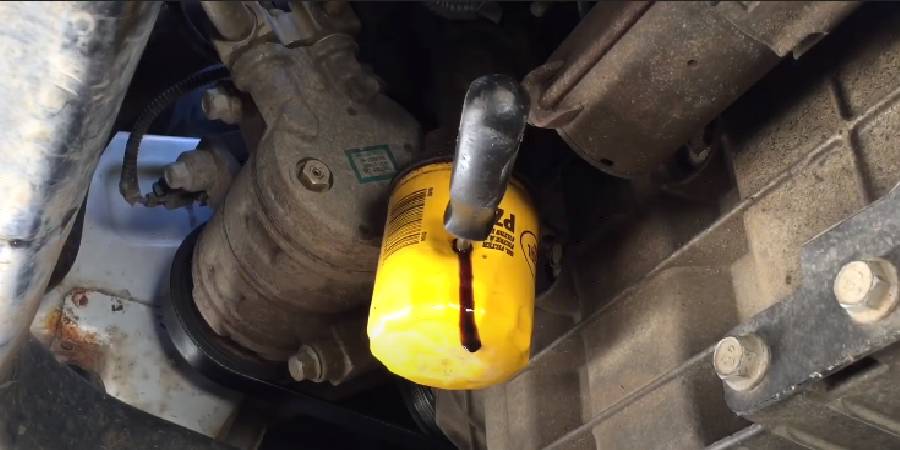
Step 2: Remove the Old Oil Filter
Hold the screwdriver handle and turn it counterclockwise with significant wrist force. Work methodically, applying steady pressure to loosen the filter. If you encounter difficulty, seek assistance. As you turn the filter, expect oil to flow out. Place an empty vessel under the filter to catch the draining oil.
If you can’t turn the filter further from your initial position, access it from the other end of the filter and continue turning until it’s loose enough to remove by hand.
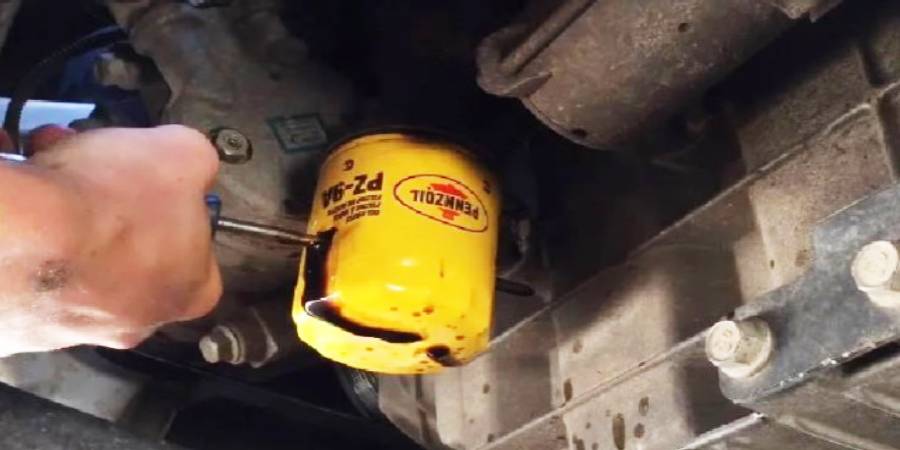
Step 3: Install the New Oil Filter
After removing the old filter, inspect and clean the installation area using an old cotton cloth.Optionally, apply a thin layer of grease or oil around the sealing gasket of the new filter to ensure a proper seal.
Screw the new oil filter onto the engine by hand until it contacts the engine. Then, turn it an additional 3/4 to 1 full turn to secure it. Do not over-tighten.
Step 4: Final Inspection and Secure With Oil Filter Wrench
Start the engine briefly and check for any oil leaks around the filter. Turn off the engine and tighten the filter if you observe any leaks.
You can use an oil filter wrench to apply the final torque to ensure the new filter is secured correctly. Applying about half of the oil filter torque of one screw is recommended, but in some cases, up to 3/4 of the torque may be necessary.
This method allows you to change an oil filter using a screwdriver when you cannot access the standard oil filter wrench. However, it’s essential to be cautious, seek assistance if needed, and ensure the filter is secured correctly to prevent leaks.
What Type of Screwdriver is Best for Removing Oil Filters?
A heavy-duty flat-blade screwdriver, slotted in an appropriate size, can be used as a makeshift option for removing an oil filter when no other tools are available. However, there are better choices and should be used cautiously, as specialized oil filter wrenches are more effective and safer.
Conclusion:
In conclusion, while using a screwdriver to remove an oil filter can be a makeshift solution in emergencies, there are better approaches than this. Specialized oil filter wrenches are recommended for safety and efficiency. Please comment below if you have a different opinion or experience to share. Your insights are valuable.
Read also:-

